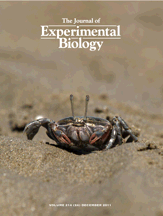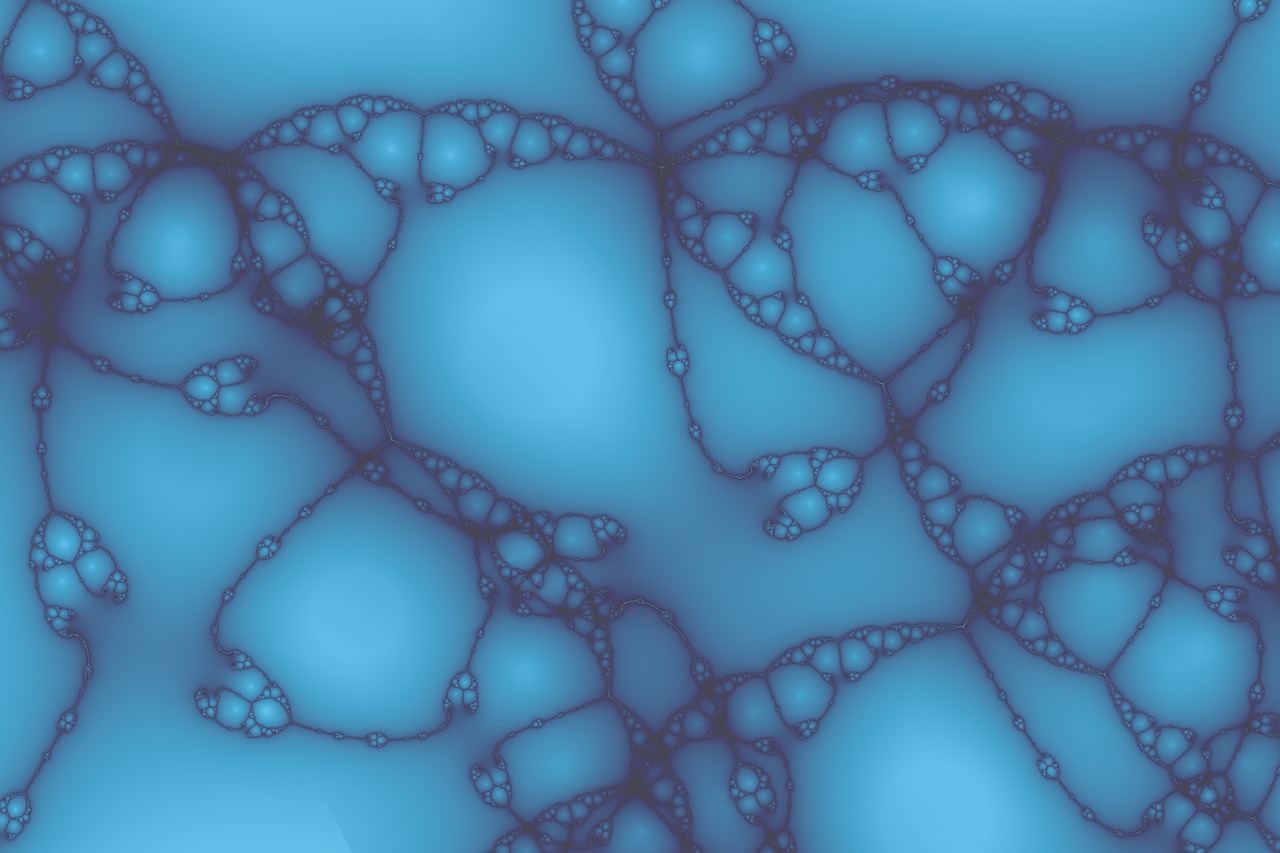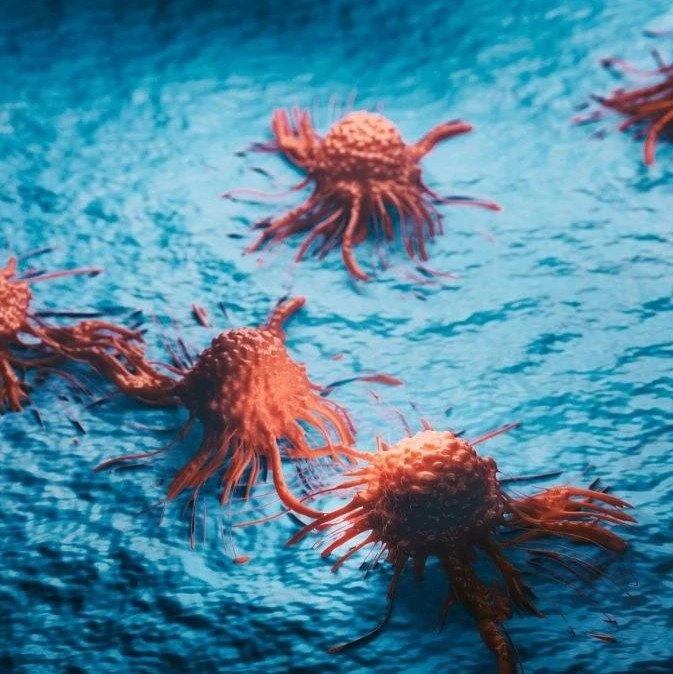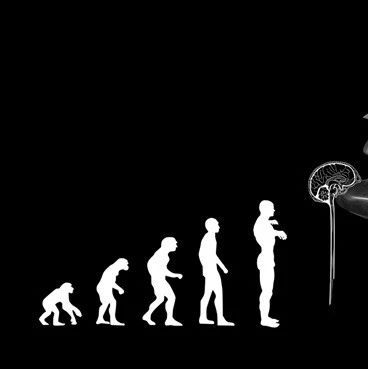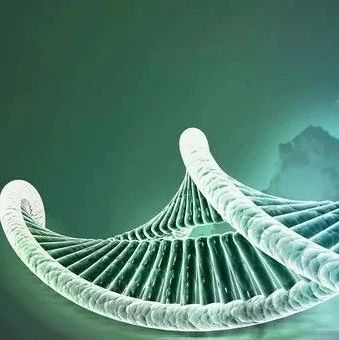
招潮蟹
视觉中心(Vision Centre)的科学家们发现,招潮蟹能够根据正在逼近的生物的靠近方向迅速判断出它们是捕食者、是同伴还是无害的路人。
“招潮蟹视力极弱,没有深度知觉,根本看不清远处。对它们来说,从远处逼近的每一‘团’东西都有可能是捕食者,它们必须在多疑和成为‘盘中餐’中选一个。”来自视觉中心、澳大利亚国立大学的Chloe Raderschall说。
“招潮蟹从不断重复的活动中学会了如何去区分有威胁和无威胁的生物,这就是所谓的适应。人类太习惯适应了,比方说,当我们适应了空调声的时候,我们就会自动忽略它。”
“我们发现招潮蟹有着有选择性的、高度协调的适应反应——而不是仅仅靠生物体的外观来判断是敌是友。它们会根据一个物体过去的行为来判断,比如说靠近方向。”
在这项研究中,科学家们让人造捕食者们从两个不同的指针方向去靠近招潮蟹。
“首先,我们让人造捕食者们从方向A去靠近招潮蟹,但并没有攻击它们,这样进行了5次之后,招潮蟹就开始‘无视’人造捕食者们了。但是,当我们换成方向B时,它们被吓呆了,仓皇失措地爬进它们的洞里。”
当研究者们将方向调回A时,他们发现,招潮蟹并没有想要逃跑。这就证明了,招潮蟹们已经区分清楚了从两个方向来的物体是敌是友。
“既然所有的人造捕食者都是一样的,那么它们的移动方式就没有差异。所有,我们可以断定,招潮蟹是通过生物体的靠近方向来判断是敌是友的。”
Raderschall解释道,这项发现证实了招潮蟹有着非常特别的适应反应。这就很有力的反驳了之前大家普遍公认的“适应是一种简单的学习机制,主要通过外观来获得”的观点。
“它们判断一个生物体是否有危险主要是通过这个生物体的行为,而不是通过它的外观。”
“由于招潮蟹视力极弱,所以它们无法通过视力来判断远方的生物是敌是友,只能另辟蹊径。这项研究证明了,视力相对较弱的动物是如何去适应残酷的自然界的。”

Habituation under natural conditions: model predators are distinguished by approach direction
Chloé A. Raderschall, Robert D. Magrath, Jan M. Hemmi
Habituation is an active process that allows animals to learn to identify repeated, harmless events, and so could help individuals deal with the trade-off between reducing the risk of predation and minimizing escape costs. Safe habituation requires an accurate distinction between dangerous and harmless events, but in natural environments such an assessment is challenging because sensory information is often noisy and limited. What, then, comprises the information animals use to recognize objects that they have previously learned to be harmless? We tested whether the fiddler crab Uca vomeris distinguishes objects purely by their sensory signature or whether identification also involves more complex attributes such as the direction from which an object approaches. We found that crabs habituated their escape responses after repeated presentations of a dummy predator consistently approaching from the same compass direction. Females habituated both movement towards the burrow and descent into the burrow, whereas males only habituated descent into the burrow. The crabs were more likely to respond again when a physically identical dummy approached them from a new compass direction. The crabs distinguished between the two dummies even though both dummies were visible for the entire duration of the experiment and there was no difference in the timing of the dummies' movements. Thus, the position or approach direction of a dummy encodes important information that allows animals to identify an event and habituate to it. These results argue against the traditional notion that habituation is a simple, non-associative learning process, and instead suggest that habituation is very selective and uses information to distinguish between objects that is not available from the sensory signature of the object itself.
文献链接:https://jeb.biologists.org/content/214/24/4209.abstract?sid=742704c1-53c0-4f3f-8993-ccfd272a36cf

